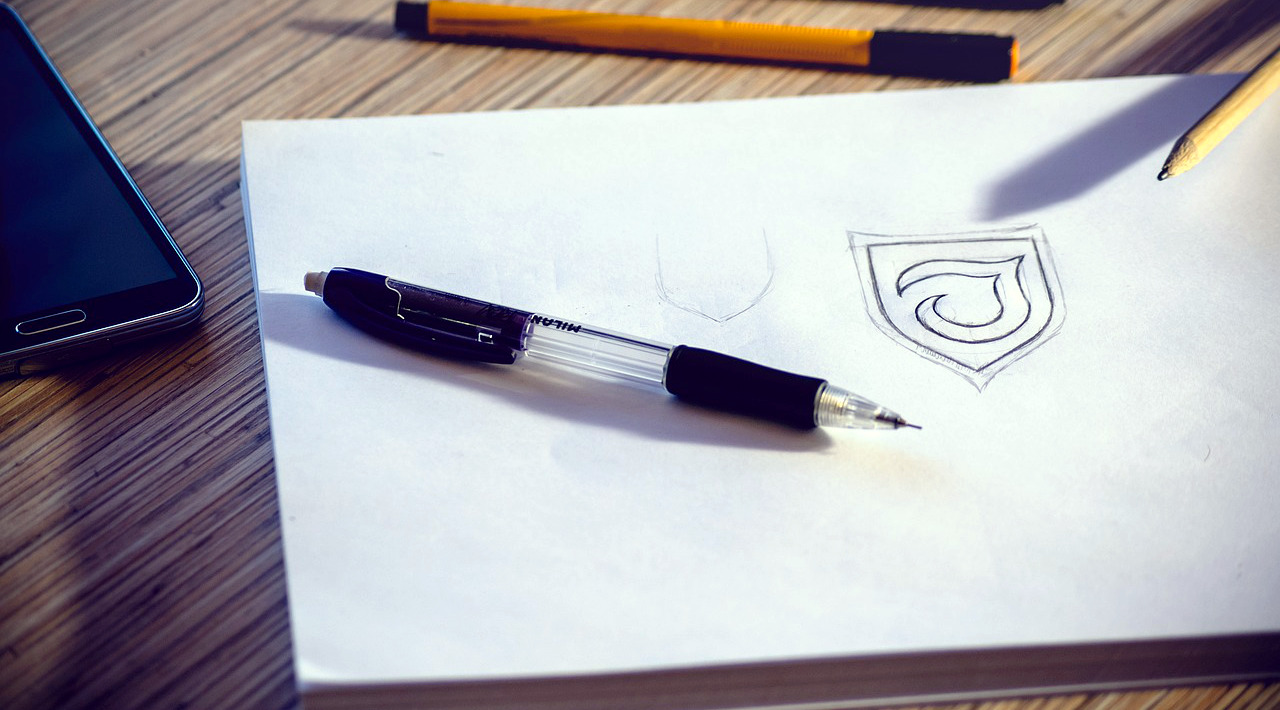
Creating a memorable logo is essential for establishing a brand’s identity. A well-designed logo can leave a lasting impression, making your brand recognizable and appealing. Whether you’re a beginner or looking to refine your skills, here are ten basic tips to help you design an effective logo:
1. Understand the Brand
Before you start designing, get to know the brand you’re creating for. What’s its mission? What values does it represent? Understanding these will guide your design choices and help you create a logo that communicates the right message.
2. Keep It Simple
Simplicity is key when it comes to logo design. A simple logo is easy to recognize, versatile, and memorable. Avoid overcomplicating the design with too many details or colors. Think of iconic logos like Nike’s swoosh or Apple’s apple—clean and minimal.
3. Make It Versatile
A good logo should work in various formats and sizes. It should look great on a business card, website, or even a billboard. Test your logo in black and white and at different sizes to ensure it remains clear and legible.
4. Use Color Wisely
Colors evoke emotions, so choose your palette carefully. Different colors convey different messages (e.g., red for energy, blue for trust). Keep your color scheme simple and make sure the logo also works well in grayscale for flexibility.
5. Focus on Typography
If your logo includes text, choose a font that reflects the brand’s personality. Avoid using too many fonts, and make sure the text is readable at all sizes. Fonts can convey tone—bold and modern, or classic and sophisticated—so select wisely.
6. Be Unique
A logo should stand out and not look too similar to others, especially within the same industry. Research your competition to ensure your design is original. A unique logo helps in differentiating the brand in a crowded market.
7. Consider Scalability
Logos should work across different media. Make sure the design is scalable, meaning it should look great whether it’s on a tiny business card or a large banner. Test the design by scaling it up and down to ensure it maintains its clarity and integrity.
8. Avoid Trends
Design trends come and go, but a logo should be timeless. Avoid following design fads that may not be relevant in a few years. Focus on creating something classic that will last as long as the brand exists.
9. Seek Feedback
Once you’ve created a draft, show it to others and get feedback. Sometimes, a fresh perspective can help you spot elements needing refinement. Listen to constructive criticism and make adjustments where necessary.
10. Test for Relevance
Lastly, ensure your logo aligns with the brand’s target audience. A logo for a luxury brand will look very different from one for a children’s toy company. The design should resonate with the intended audience and fit the brand’s identity.
Conclusion
Designing a logo is a creative process that requires a deep understanding of the brand, attention to detail, and a balance between creativity and simplicity. Following these ten basic tips, you can create a logo that effectively represents the brand and stands the test of time.
